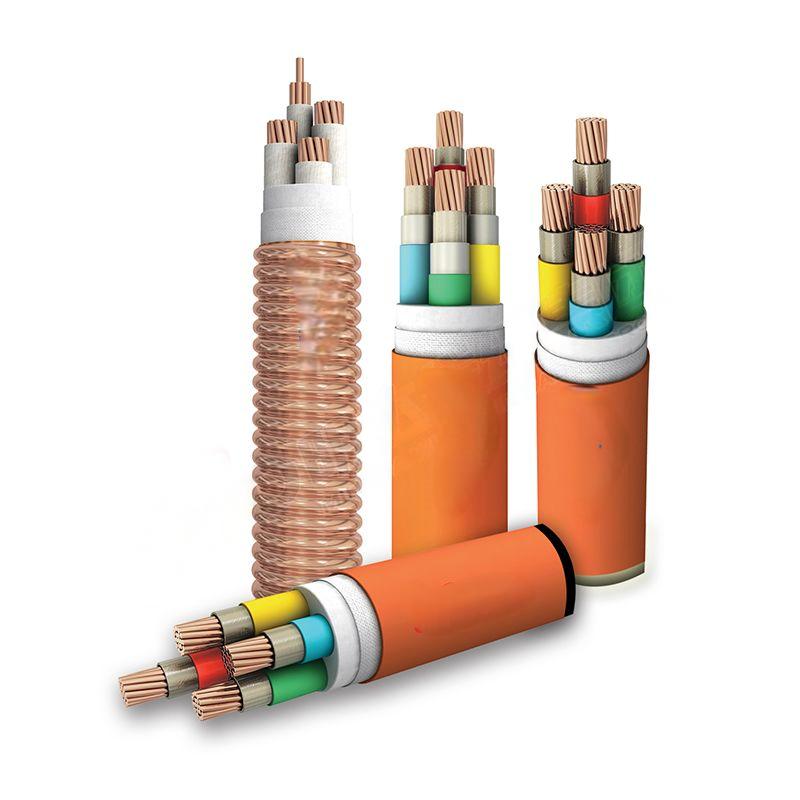9 月 . 15, 2024 01:02 Back to list
3 way globe valve
Understanding the 3-Way Globe Valve
In modern fluid control systems, the 3-way globe valve is an essential component that facilitates the regulation of fluid flow through different paths. This versatile valve design is utilized in various industrial applications, from heating and cooling systems to chemical processing plants. With its unique structure and functional capabilities, the 3-way globe valve plays a crucial role in maintaining efficient and reliable operations.
Design and Functionality
A 3-way globe valve consists of three ports one inlet and two outlets. The main body is typically configured in a Y-shape, allowing the valve to direct flow between the two outlet ports. The design of the globe valve features a spherical-shaped cavity that reduces turbulence and allows for smooth flow control. This configuration is responsible for the valve’s ability to regulate flow more efficiently compared to other valve types.
The operation of the 3-way globe valve is straightforward. When the valve is closed, the disc or plug within the valve seats against the valve body, sealing the flow path. As the actuator is turned, the disc rises, allowing fluid to pass through. By adjusting the position of the disc, operators can control the flow rate and direction of the fluid, making the 3-way globe valve an ideal choice for applications requiring precise control.
Applications in Industry
3-way globe valves are widely employed in various industries. In HVAC (heating, ventilation, and air conditioning) systems, they help regulate water flow between multiple zones, ensuring optimal temperature control. In the chemical processing industry, these valves are used to direct corrosive fluids safely and efficiently, minimizing the risk of leaks and enhancing operational safety.
3 way globe valve

Moreover, in water treatment facilities, 3-way globe valves play a vital role in managing the distribution of treated water. Their ability to handle high flow rates and varying pressure levels makes them a preferred choice for managing fluid dynamics in complex piping systems.
Advantages of 3-Way Globe Valves
The advantages of using 3-way globe valves are manifold. One significant benefit is their excellent throttling capability, enabling operators to fine-tune the flow rates. This feature is particularly advantageous in processes that require precise flow adjustment to maintain product quality.
Additionally, the compact design of 3-way globe valves saves space in piping layouts, making them suitable for installations where space is at a premium. Their rugged construction ensures durability and longevity, reducing the need for frequent maintenance or replacements.
Conclusion
In conclusion, the 3-way globe valve is an indispensable tool for managing fluid flow in various industrial applications. Its unique design and exceptional functionality allow for precise control, making it ideal for complex systems that require reliable and efficient fluid management. As industries continue to evolve, the role of the 3-way globe valve will remain central to ensuring optimal performance and safety in fluid control operations. For engineers and operators alike, understanding the capabilities and advantages of this valve type is crucial for designing and maintaining effective fluid systems.
Share
-
Understanding the Differences Between Wafer Type Butterfly Valve and Lugged Butterfly ValveNewsOct.25,2024
-
The Efficiency of Wafer Type Butterfly Valve and Lugged Butterfly ValveNewsOct.25,2024
-
The Ultimate Guide to Industrial Swing Check Valve: Performance, Installation, and MaintenanceNewsOct.25,2024
-
Superior Performance with Industrial Swing Check Valve: The Essential Valve for Any SystemNewsOct.25,2024
-
Industrial Swing Check Valve: The Ideal Solution for Flow ControlNewsOct.25,2024
-
You Need to Know About Industrial Swing Check Valve: Functionality, Scope, and PerformanceNewsOct.25,2024